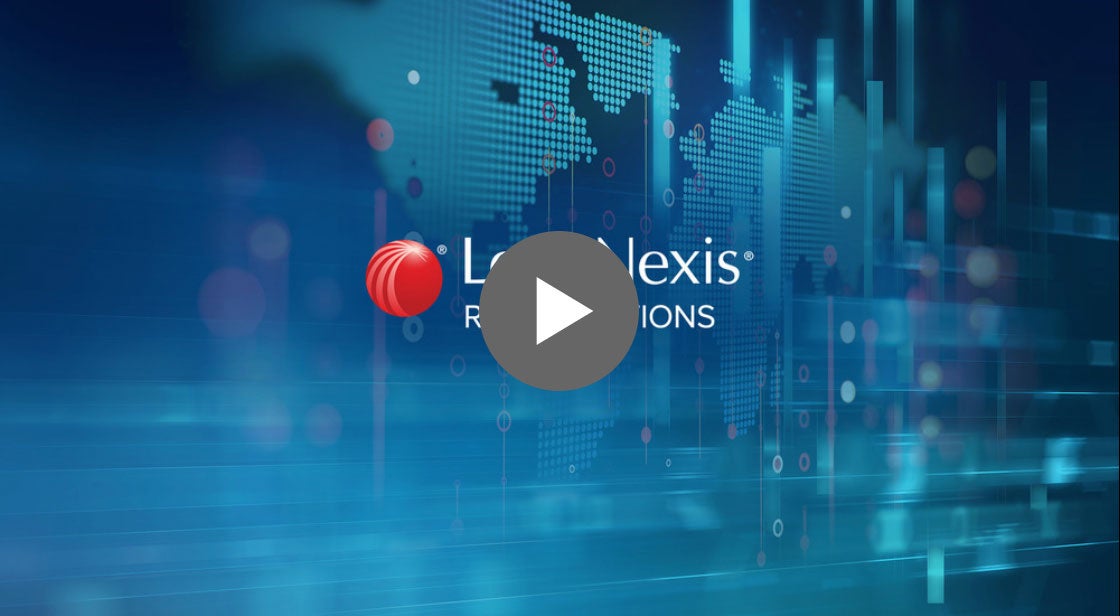
Build vs. Buy: Are you spending too much on fraud and financial crime risk management?
About This Webinar
Financial institutions are under significant pressure to improve the effectiveness of their financial crime and fraud controls, whilst also increasing efficiency and reducing the costs of compliance.
Many compliance teams are now focusing on risk orchestration as a means to manage multiple vendor data integrations, enable quick, low code or no code updates to decisioning rules and give their teams the flexibility to design dynamic policies for different risk events.
But the question is whether to purchase one of the growing number of orchestration platform solutions on the market, or whether to build their own orchestration layer.Agenda
What is Risk Orchestration, and what are the market trends and key drivers for orchestration?
Should businesses build their own orchestration capability or invest in an off the shelf platform? What are some of the pros and cons of each option?
What value can companies get from investing in orchestration solutions compared to developing in-house solutions?
For businesses looking to invest in orchestration with a third party provider, what are the key aspects they should look for?
Where would you say we're heading with orchestration in relation to risk management over the next 3-5 years?









